Being a little out of sorts, as they say, it occurred to me to take a look at some of my old posts. Simply to amuse myself, and simply to see how things have worked out. More by accident than by design I hit on one I did early in the Russo-Ukrainian War. Here it is, re-posted without any changes except for the pic.
War in Ukraine
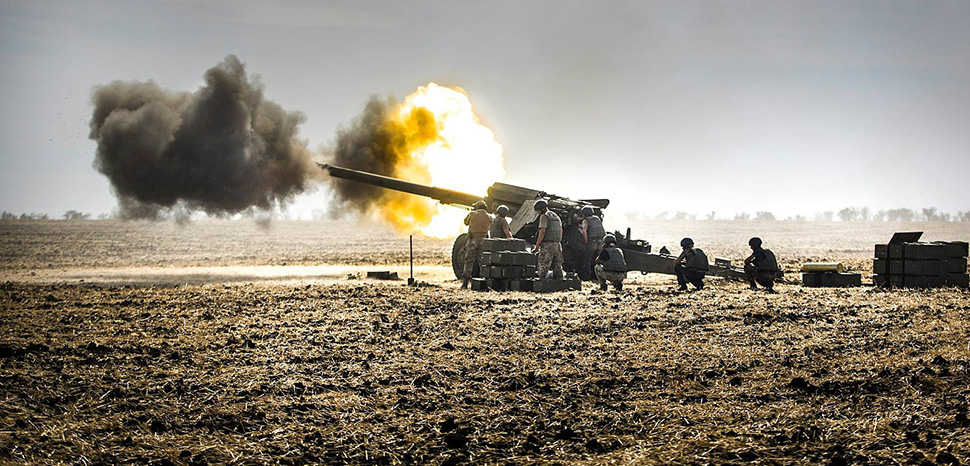
Asked to predict the future of the war in the Ukraine, I took another look at a book I wrote a couple of years ago. English title, Looking into the Future: A History of Prediction. Working on it taught me two things. First, as everyone knows prediction is extremely difficult and often misses the mark. Not seldom with disastrous consequences; as happened in 1914 when statesmen and soldiers predicted a short and easy war (“you will be home before the leaves fall form the trees,” the Kaiser told his soldiers) but found themselves involved in the largest, most deadly, armed conflict in history until then. And second, the methods we use today—questionnaires among experts (the so-called Delphi method), mathematical models, artificial intelligence, what have you—are no better than those that people used thousands of years ago. Such as astrology (Babylon), manipulating yarrow stalks (China), watching birds and consulting oracles (Greece), reading the entrails of sacrificial animals (Rome), interpreting dreams (in all known civilizations), and so on.
I am a historian, so readers will have to forgive me for basing my thought on historical methods. Primarily analogies on one hand and trends on the other.
Here goes.
* Ukraine is surrounded by Russia on all sides except the west, where it borders on Poland, Moldavia and Romania. It consists almost entirely of flat, open country (the famous “Black Earth”). The only mountains are the Carpathians in the southwest and the Crimean Mountains in the extreme south along the coast. There are some large rivers which can form serious obstacles for an attacker. But only if they are properly defended; which, owing to their length, would be hard to do. Here and there are some low. One also encounters quite a number of deep ravines, the best known of which is Babi Yar. But neither form serious obstacles to traffic, particularly tracked traffic. The roads are better than they used to be during World War II and there are more of them; however, with just 2.8 kilometers of them per square kilometer of territory (versus 1.5 in Germany) they are still not up to West European standards. The climate is continental, meaning hot and dry (often uncomfortably so) in summer, extremely cold (with lots of snow) in winter, and rain spread during most of the year.
* Russia has nuclear weapons, whereas Ukraine does not. That is a pity; had it had such weapons as well as a secure second strike force of vehicles to deliver them, war would almost certainly have been out of the question. However, for Putin’s present purpose it does not matter. The last things he wants to do before he occupies Ukraine is to turn it into a radioactive desert. Thanks in part to the help they get from NATO, during recent years the Ukrainian armed forces have grown considerably stronger and better equipped. Fighting morale, based primarily on popular memory of the way Stalin starved millions of Ukrainians in 1930-32, is said to be high. Nevertheless, neither quantitatively nor qualitatively are the forces in question a match for the Russian ones.
* Initially at any rate both sides will rely primarily on the usual conventional weapons: aircraft (which are particularly useful over open terrain as opposed to such as is mountainous or forested), tanks, armored personnel carriers and artillery, as well as the motorized columns they need to sustain them. However, they will also make heavy use of less traditional methods. Such as maskirovska (deception), signals warfare, electronic warfare, and, last not least, cyberwarfare. All these are fields in which the Russians have specialized for a long time past and in which they are acknowledged masters; in this respect they are in tune with their master, Putin, who himself rose by way of the intelligence services.
* At the moment the Russians are attacking Ukraine from all directions simultaneously without any clear Schwerpunkt. The Donbas apart, objectives include Kharkov, Kiev, several other key cities, and perhaps the Black Sea and Sea of Azov coasts. Faithful to their long-standing doctrine of “battle in depth,” the Russians attack not just at the front but far behind it as well.
* The Russians will not find it too difficult to “overrun” (whatever that may mean) most of a country as large and as sparsely populated as Ukraine. However, taking the most important cities—Kiev, Kharkov, and Odessa—will be a different matter and will surely only be accomplished by heavy and very destructive fighting. Followed, most probably by guerrilla and terrorism. The way, say, things happened in Iraq.
* Forget about sanctions. They will not deter the Russians. Just as Stalin used to give enormous banquets even during the height of World War II, so Putin and his clique will barely notice them. Whereas the people are used to make do without almost everything. Except vodka, of course, and even consumption of that is said to have fallen over the last few years.
* NATO, with the US at its head, will be involved in the war, but only marginally and without sending troops to participate in the fighting. Instead it will dispatch “defensive” weapons (whatever those may be), provide supplies and intelligence, and perhaps help evacuate some of the wounded as well as assist Ukrainian refugees. All the while continuing to tell anyone who wants to listen, and some of those who do not want to listen, how bad the Russians are, etc. etc.
* China can be expected to make some sympathetic noises. That apart, it will get involved only lightly by expanding trade so as to offset some of the sanctions. It may also use the opportunity to do something about Taiwan. Or not.
* Should the war turn into guerrilla and terrorism, as it very likely will, it may very well open the door to the death of perhaps fifty Ukrainians for every soldier the Russians lose (in Vietnam the ratio was about 75 to one). Even so Putin will still be unable to end the war, which he can do only by setting up a new collaborationist Ukrainian government.
* Though it is likely to happen later rather than sooner, there is a good chance that Putin will find Ukraine stuck in his throat; to quote a Hebrew saying, neither to swallow nor to puke. Given enough time, the outcome will assuredly be to make the war less and less popular inside Russia itself. The Russians will end by withdrawing.
* Just as the defeat in Afghanistan played a key role in the collapse of Communism, so a defeat in Ukraine will almost certainly mean the end of Putin’s regime. Much worse for Russia, it may well cause it to fall back into one of those terrible periods of anarchy it has gone through in the past and which it is Putin’s supreme objective to prevent. He can barely conceal his anxiety in this respect; as by assuring his listeners that 2022 is not 1919 (the year in which Lenin and the Bolsheviks came closest to defeat).
Finally:
Though based on history, in truth all this is little better than guesswork. It is as Woody Allen said: Do you want to make God laugh? Tell him about your plans.
Not a bad job, I would say.

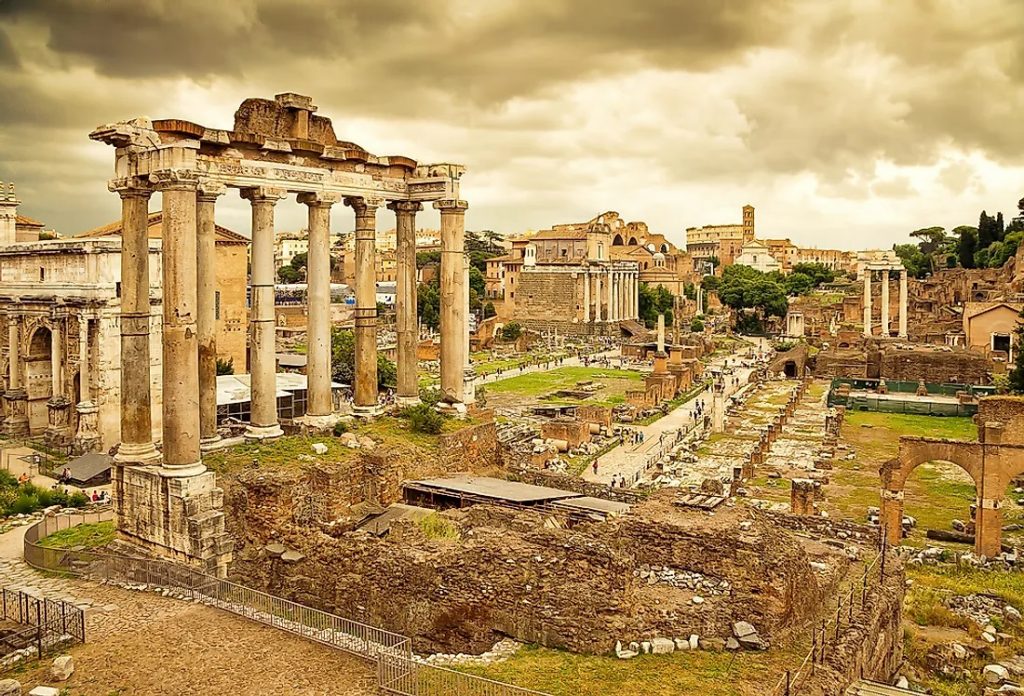
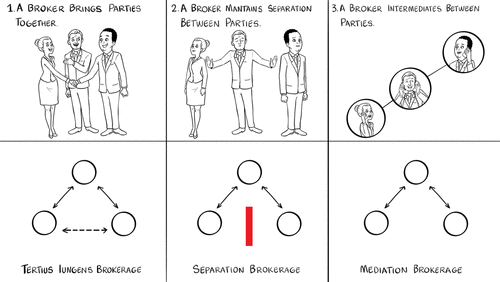

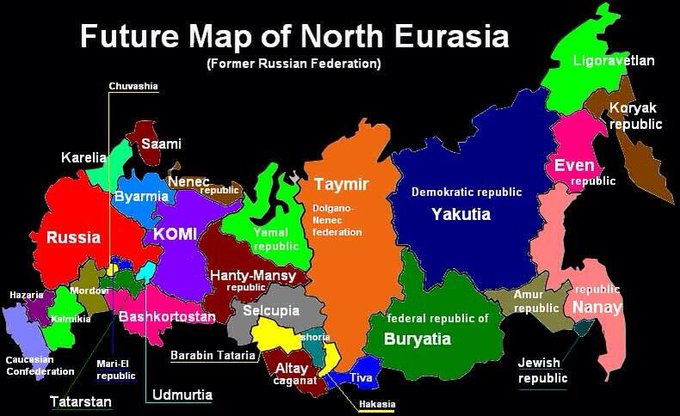

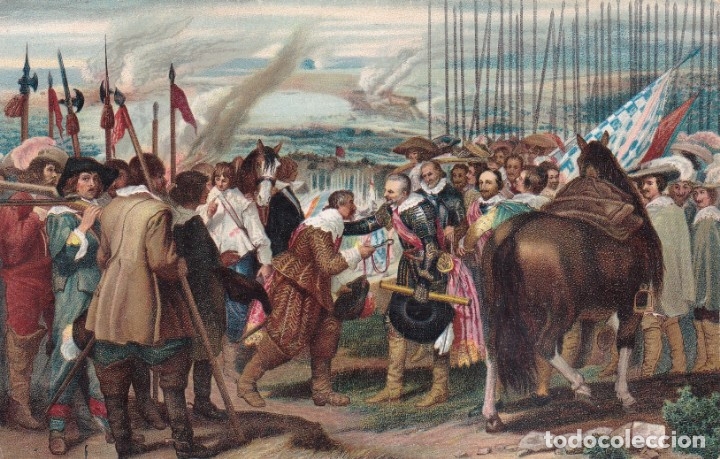
 In theory, wars should end when the defeated have no one left to fight and the victors can do whatever they likes. In practice, many if not most wars do not end in this way. As the end approaches and few doubts remain concerning the outcome, the loser will try and get the best terms he can; whereas the victor may be tempted to spare himself further effort, treasure and blood. Another possibility is for stalemate to prevail; causing both sides to have second thoughts about whether their goals can in fact be achieved and start to look for a way out.
In theory, wars should end when the defeated have no one left to fight and the victors can do whatever they likes. In practice, many if not most wars do not end in this way. As the end approaches and few doubts remain concerning the outcome, the loser will try and get the best terms he can; whereas the victor may be tempted to spare himself further effort, treasure and blood. Another possibility is for stalemate to prevail; causing both sides to have second thoughts about whether their goals can in fact be achieved and start to look for a way out.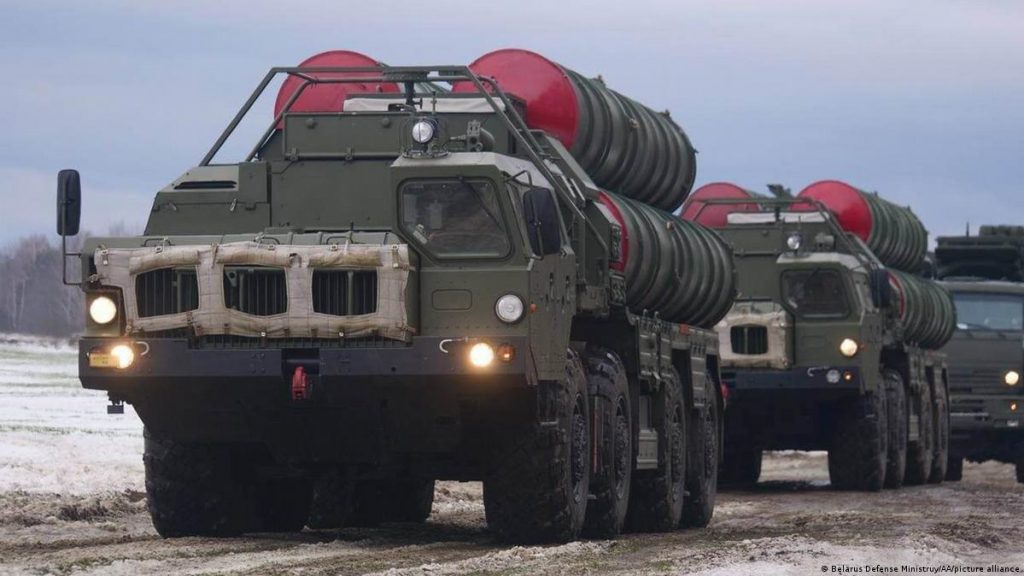
 Shortly after Mr. Biden took office, I posted a short piece—No. 367, to be precise—on “What I Want of Joe Biden.” Now that the Congressional elections are just weeks away, I want to try and see the extent to which my
Shortly after Mr. Biden took office, I posted a short piece—No. 367, to be precise—on “What I Want of Joe Biden.” Now that the Congressional elections are just weeks away, I want to try and see the extent to which my